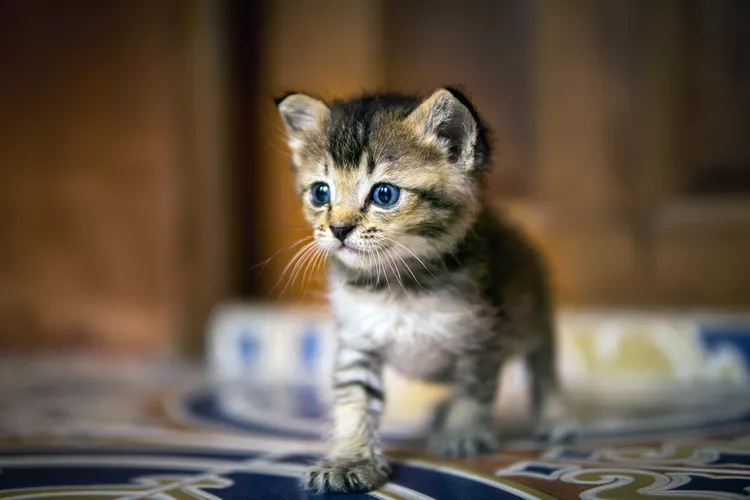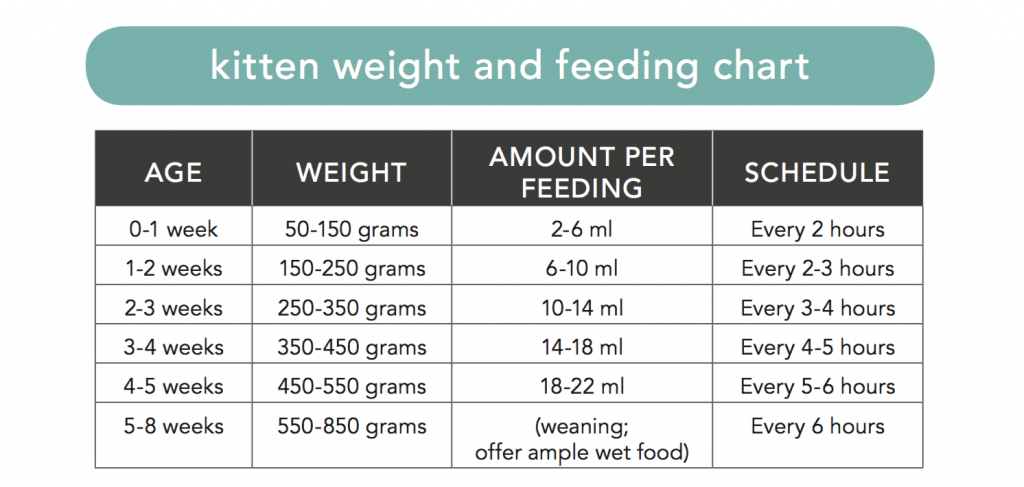When a kitten is orphaned, it’s our responsibility to help. Bottle feeding is an essential skill for rescuers. Anyone can learn to bottle feed, but there are some tips you’ll want to have in order to do so safely.

1. Choose the Right Bottle and Nipple
Purchase a bottle and nipple from a pet store or online. The nipple will need a small hole cut in it—big enough to let formula drip slowly but not flow freely. Kitten Lady recommends PetAg, Pet Nurser, or Miracle Nipple for the best results.
2. Assess the Kitten’s Condition
Before feeding, make sure the kitten is stable. If it’s too hot or cold, stabilize their temperature first. Also, ensure the kitten can swallow by placing a drop of formula on their tongue and feeling their throat. If the kitten appears stable and is swallowing, proceed.
3. Prepare the Formula
Use kitten milk replacer also known as KMR (not cow’s milk or human baby formula). Follow the manufacturer’s instructions, making sure the formula is fresh, clump-free, and at a comfortable temperature. Once opened, the formula should be refrigerated.
4. Feed the Kitten
Place the kitten belly-down and gently support its head. Insert the nipple into their mouth and tilt the bottle. The kitten should instinctively swallow. Be careful not to squeeze the formula into their mouth to avoid aspiration. If needed, try syringe feeding for young kittens.
Follow this guideline to determine the proper amount and frequency of feeding. Keep in mind that every kitten is different.


Follow this guideline to determine the proper amount and frequency of feeding. Keep in mind that every kitten is different.
5. Finish the Routine
Wipe the kitten’s face clean after feeding to prevent skin issues. Formula left behind can cause the kitten to get a crusty face or moist dermatitis that causes the fur to fall out, so keep her clean. Stimulate the kitten to pee and poop, then return it to a warm, safe spot.
Visit https://www.kittenlady.org/ for all things Kitten Care. Hannah Shaw is a wealth of knowledge when it comes to our tiniest and most vulnerable felines.
